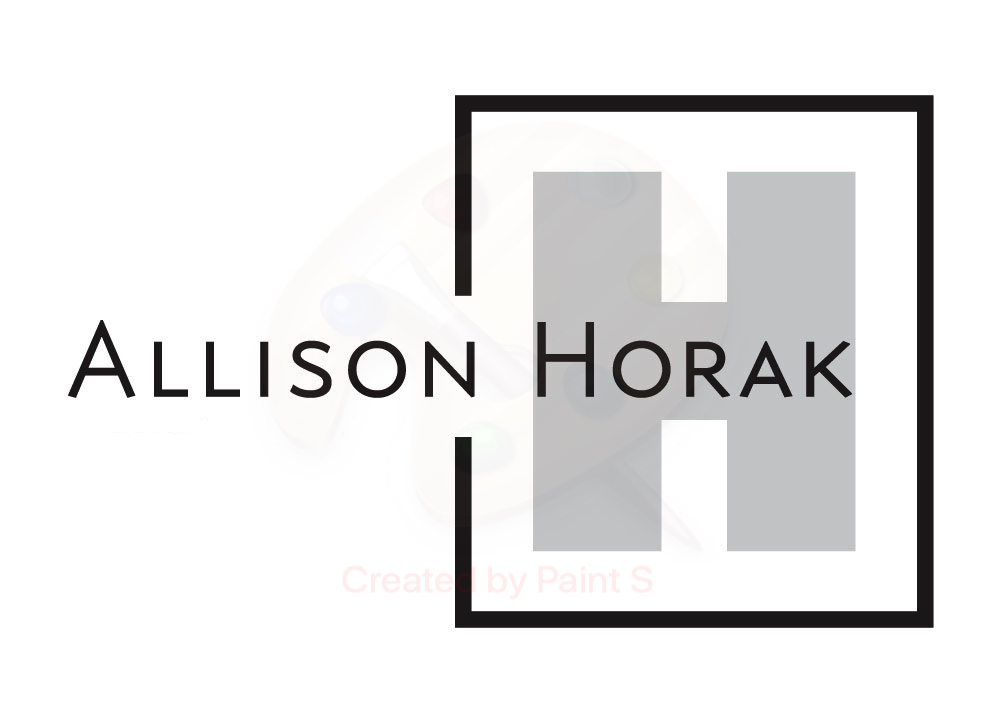Our recent loss of Supreme Court Justice Ruth Bader Ginsburg sparked much attention and publication focused on her legacy. While reading a New York Times article, I especially enjoyed hearing from former clerks about her approach to writing. As an attorney myself (and a writing instructor), I smiled when I read that working for Justice Ginsburg was like a “master course in how to write.”
Ruthanne Deutsch, a former Ginsburg clerk, went on to say, “It meant an excruciating attention to every word to make sure that there was no excess.” Get it right and keep it tight was a common Ginsburg catchphrase. Is this high bar only for Supreme Court opinions—or should regular business writers like us shoot for the same standard?
If you work for the federal government or for the state of California, the law requires that you meet this standard. All federal workers are subject to the Plain Writing Act of 2010, and California state workers must comply with Government Code §6219, the plain language mandate for the state. (If this is new information, leave a comment in the chat; I’d love to hear from you. I’m taking an informal poll.)
What about the rest of us who don’t work for the government? Can (and should) we disregard these statutes? Here’s my take: If it’s good enough for the feds and for California, then it’s good enough for me.
Meeting plain language standards involves that excruciating attention that Ginsburg’s clerk described. “Keeping it tight” means balancing the need for conciseness and completeness, two things that seem at odds with each other.
Keeping Your Writing Concise
Most of us have been programmed since our school days to think about word or page minimums, but I’m an advocate for maximums. Before you start an email, article, or report, set a governor for yourself—and then don’t exceed that limit. It may feel restrictive at first, but it’s a gift to you and your readers. Essentially, you’re pushing yourself to get to the point quickly and then wrap up.
Think about your writing in terms of measurability. In other words, conciseness isn’t a feeling; it’s something you can measure by setting up guardrails. In my recent article about writing a course description, I gave similar advice to this:
- Words: Choose the shortest, simplest word to convey your ideas. This isn’t a doctoral thesis or an article for an academic publication. It’s business writing, where your audience appreciates straight talk that’s easy to read, understand, and use.
- Sentences: Keep your sentences to 25 words or fewer—and vary the length of your sentences. This helps keep your readers’ attention because it’s more interesting, like a camera angle change every few seconds on TV.
- Paragraphs: Every paragraph you write should have a topic sentence. The topic sentence prepares your readers for what they’re about to experience; it sets them up for successful understanding. Keep your paragraphs to six sentences or fewer. When readers see long, heavy paragraphs on a page, they tend to dread starting; they feel prickly toward our document, and they haven’t even read a word yet.
Presenting a Complete Picture
Step outside yourself and look at the issue from your readers’ point of view. Ask yourself:
- What will they want to know?
- What will they question?
- What will they want proof of?
- What will they find boring and unnecessary?
These questions will help guide what you include and omit from your document.
All of us can try to meet the level of excellence Justice Ginsburg developed in her own (and her clerks’) writing. Setting limits on our word usage and putting ourselves in our readers’ shoes will help balance two necessary characteristics in our writing: conciseness and completeness.
——
For more editing advice, try this article by business writing expert Lynn Gaertner-Johnston, How to Edit, Fix, and Polish. Asking the seven questions she suggests helped improve my writing. (Pay special attention to question #6: Does every word play an important role?)
Allison Horak is a speaker, trainer, and coach. She helps organizations work more efficiently through better leadership and communication practices. She’s an expert in plain language, technical and business writing, and the process of editing and proofreading.


Recent Comments